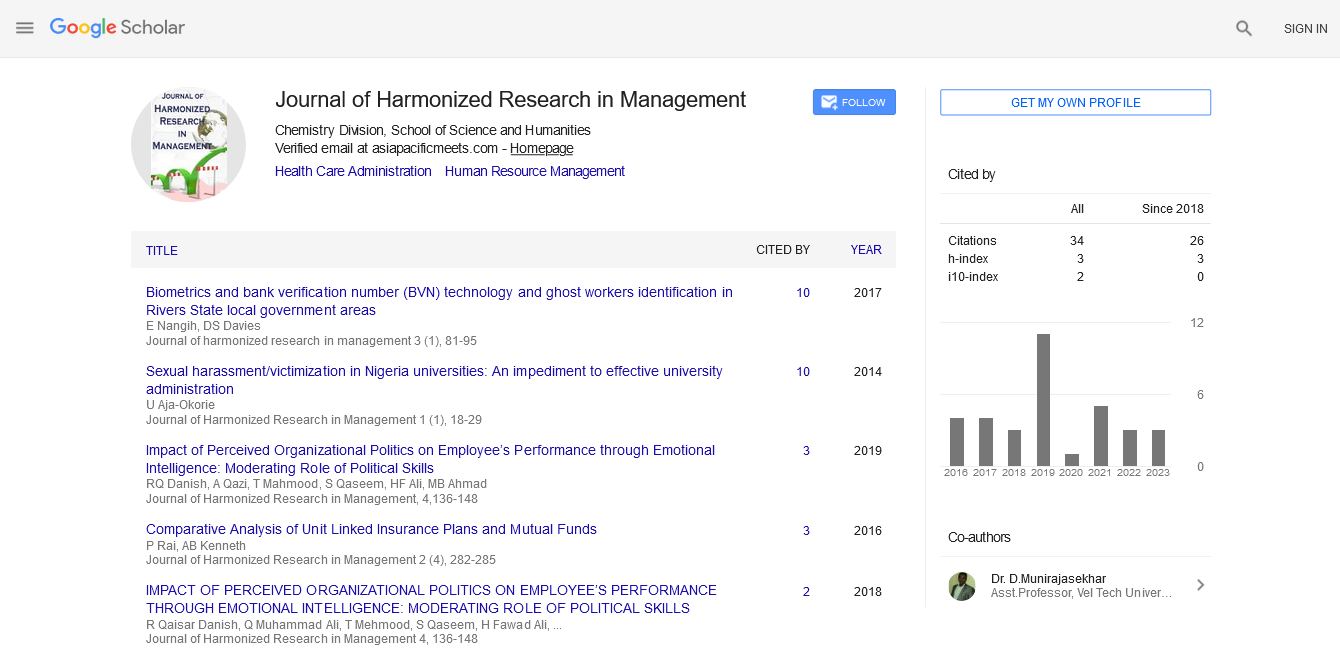Commentary - (2021) Volume 7, Issue 1
A BRIEF NOTE ON ENVIRONMENTAL MANAGEMENT
Rochus*Received: Sep 03, 2021
Abstract
https://betist.fun https://betlike.fun https://betmatik.fun https://betpark.fun https://bettilt.club https://elexbet.fun https://extrabet.fun https://hepsibahis.fun https://kingbetting.fun https://maksibet.fun https://marsbahis.xyz https://matadorbet.fun https://pulibet.fun https://restbet.fun https://milanobet.fun https://supertotobet.fun https://vevobahis.fun https://imajbet4.com https://maltcasinocu.fun https://sekabetgiris.fun
Description
Environmental Management is often defined as the management of the interaction and impact of human activities on the natural environment. Environmental management tries to spot the factors that have a stake within the conflicts that will arise between meeting the requirements and protecting the environment. Environmental management is starting to play an increasingly important role within the protection of our surroundings also as public health. Most companies believe in environmental management systems to enhance the performance of their organization, reduce costs, gain new customers and improve public image. The paper use, used toner cartridges, hazardous material use. Define responsibilities, identify training needs, and establish communication and other processes, document procedures. Examples: Establish paper-free communication chain, write toner cartridge disposal SOP, and request HM training.
The four major components of the environment include the lithosphere, hydrosphere, atmosphere, and biosphere, corresponding to rocks, water, air, and life respectively. The lithosphere is that the outermost layer of earth called the crust, which is formed of various minerals. An environmental management system is “a system and database which integrates procedures and processes for training of personnel, monitoring, summarizing and reporting of specialized environmental performance information to internal and external stakeholders of a firm”. The most widely used standard on which an EMS is predicated is the world organization for Standardization. Alternatives include the EMAS. An environmental management information system or Environmental Data Management System is an information technology solution for tracking environmental data for a company as part of its overall environmental management system.
Compliance is that the act of reaching and maintaining minimal legal standards. By not being compliant, companies may face fines, government intervention, or may not be able to operate. Waste reduction goes beyond compliance to scale back environmental impact. The EMS helps to develop, implement, manage, coordinate and monitor environmental policies. Waste reduction begins at the planning phase through pollution prevention and waste minimization. At the top of the life cycle, waste is reduced by recycling. To meet these goals, the selection of environmental management systems is typically subject to a certain set of criteria: a proven capability to handle high-frequency data, high- performance indicators, transparent handling and processing of knowledge, powerful calculation engine, customized factor handling, multiple integration capabilities, automation of workflows and QA processes and in-depth, flexible reporting.
Serves as a tool, or process, to enhance environmental performance and knowledge mainly “design, pollution control, and waste minimization, training, reporting to top management, and therefore the setting of goals “Provides a scientific way of managing an organization’s environmental affairs is that the aspect of the organization’s overall management structure that addresses immediate and long-term impacts of its products, services, and processes on the environment. EMS assists with planning, controlling, and monitoring policies in an organization. Gives order and consistency for organizations to address environmental concerns through the allocation of resources, assignment of responsibility, and on-going evaluation of practices, procedures, and processes. Creates environmental buy-in from management and employees and assigns accountability and responsibility, sets framework for training to realize objectives and desired performance. Helps understand legislative requirements to raise determine a product or service’s impact, significance, priorities, and objectives, focuses on continual improvement of the system and how to implement policies and objectives to satisfy the desired result. This also helps with reviewing and auditing the EMS to seek out future opportunities, encourages contractors and suppliers to determine their own EMS. Facilitates e-reporting to federal, state, and provincial government environmental agencies through direct upload. An EMS follows a Plan-Do-Check-Act, or PDCA, Cycle.
Conclusion
The diagram shows the method of first developing an environmental policy, planning the EMS, then implementing it. The process also includes checking the system and acting on it. The model is continuous because an EMS may be a process of continual improvement during which a corporation is consistently reviewing and revising the system. This is a model which will be employed by a good range of organizations – from manufacturing facilities to service industries to government agencies. Environmental Data Management Systems are often accredited under the United Kingdom Environment Agency’s Monitoring Certification Scheme for performance standards and test procedures.

Google Scholar citation report
Citations : 92
Journal of Harmonized Research in Management received 92 citations as per google scholar report









